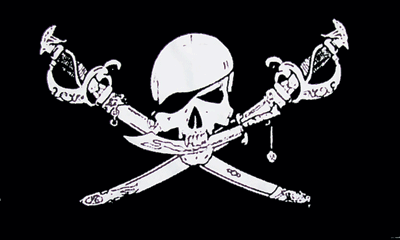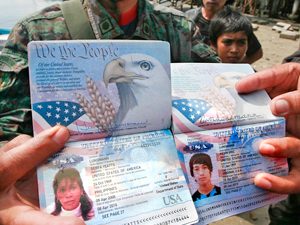Many of the famous pirates people know today
such as Samuel "Black Sam" Bellamy and Edward "Blackbeard"
Thatch came from the Golden Age of Piracy. Source: www.crwflags.com
In
a chapter in his book The Republic of Pirates, Colin Woodard explains to
his adventure loving audience about the people who played crucial roles during
the time between June of 1716 to March of 1717 in order to set the stage up for
the great event where all of these characters' lives would be intertwined.
Samuel Bellamy was a penniless sailor who became a commodore of a gang of
pirates within a year. In search of recruitments after a failed attempt to
capture a French ship, Bellamy went to a harbor named ST. Croix to avoid a gale
where he accidentally found a band of lost and hungry pirates. Eventually, they
captured a great battle ship called Whydah
by using the essence of fear as a weapon. At a young age of twenty-seven,
Bellamy officially became a pirate king. Meanwhile, Captain Benjamin Hornigold,
a pirate who still considered himself as a servant of his county England,
decided to give a captured sloop that would be an excellent pirate vessel to
his protégé, Edward Thatch. Thatch, better known as Blackbeard who would one
day be the most powerful pirate in the Atlantic, finally had a ship that he
could control for pirating purposes. During all these commotions at the sea, a
former privateer Woodes Rogers was planning to end piracy once and for all by
forming a corporation named The Copartners for Carrying on a Trade &
Settling the Bahama Islands. His wish of being a governor and garrison
commander of the Bahamas was granted, a wish that he would soon regret. Throughout
the chapter, the author uses metaphors and personification in order to help the
audience to imagine each event with clear details. When describing the harbor
of St. Croix, Woodard says, "On the reef guarding the harbor entrance, the
surf battered at the charred remains of a vessel" and the rhetorical
devices used here strengthens the descriptions. I believe that the author did a
great job explaining all the necessary information in order to show how one man
ultimately ended the Golden Age of Piracy.



